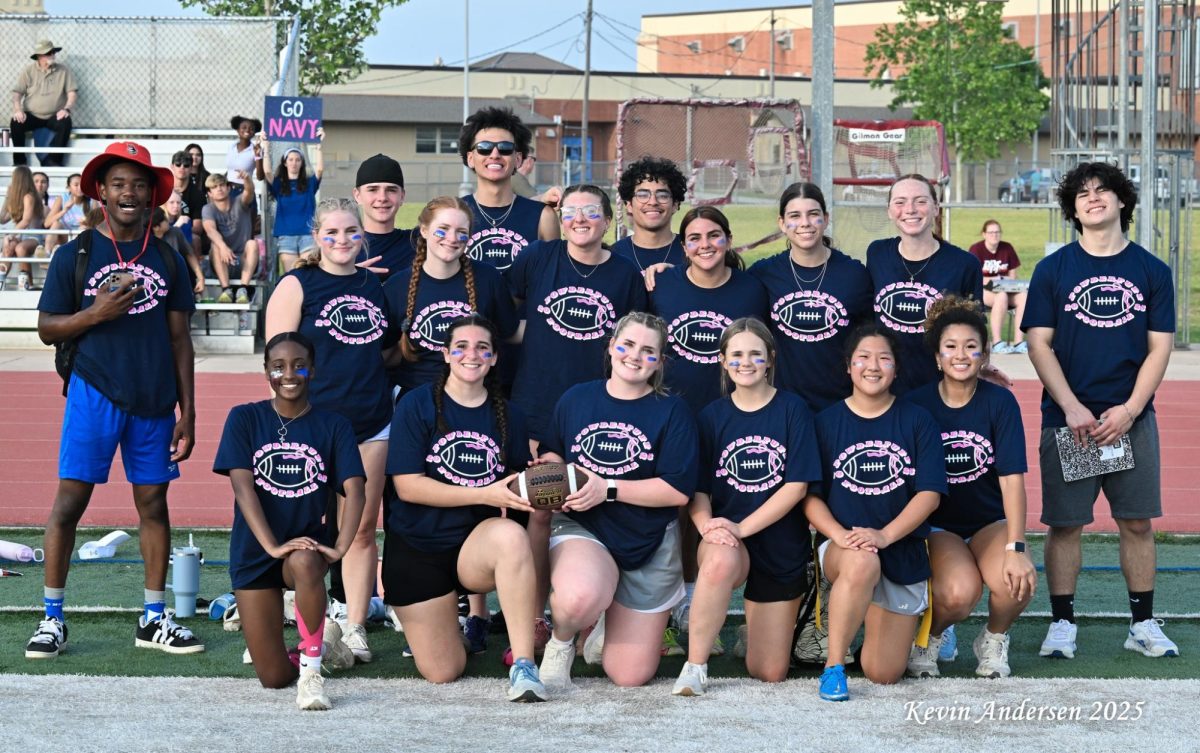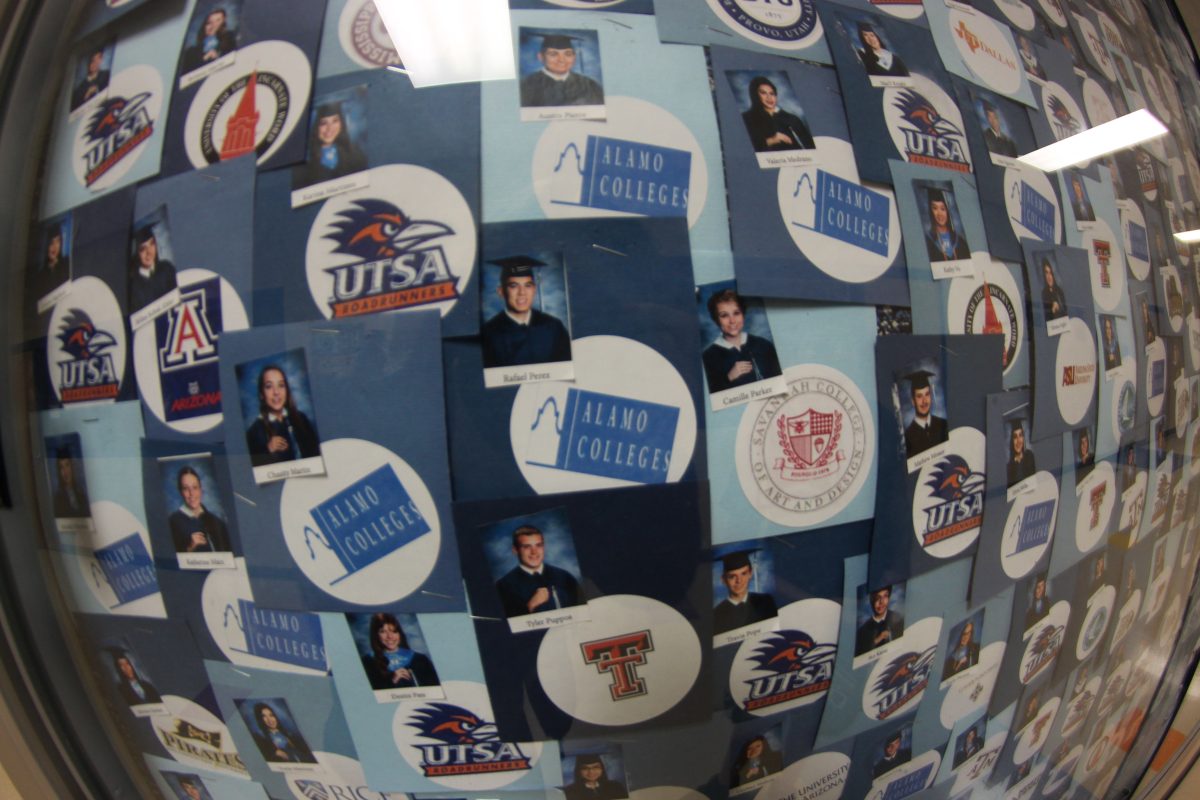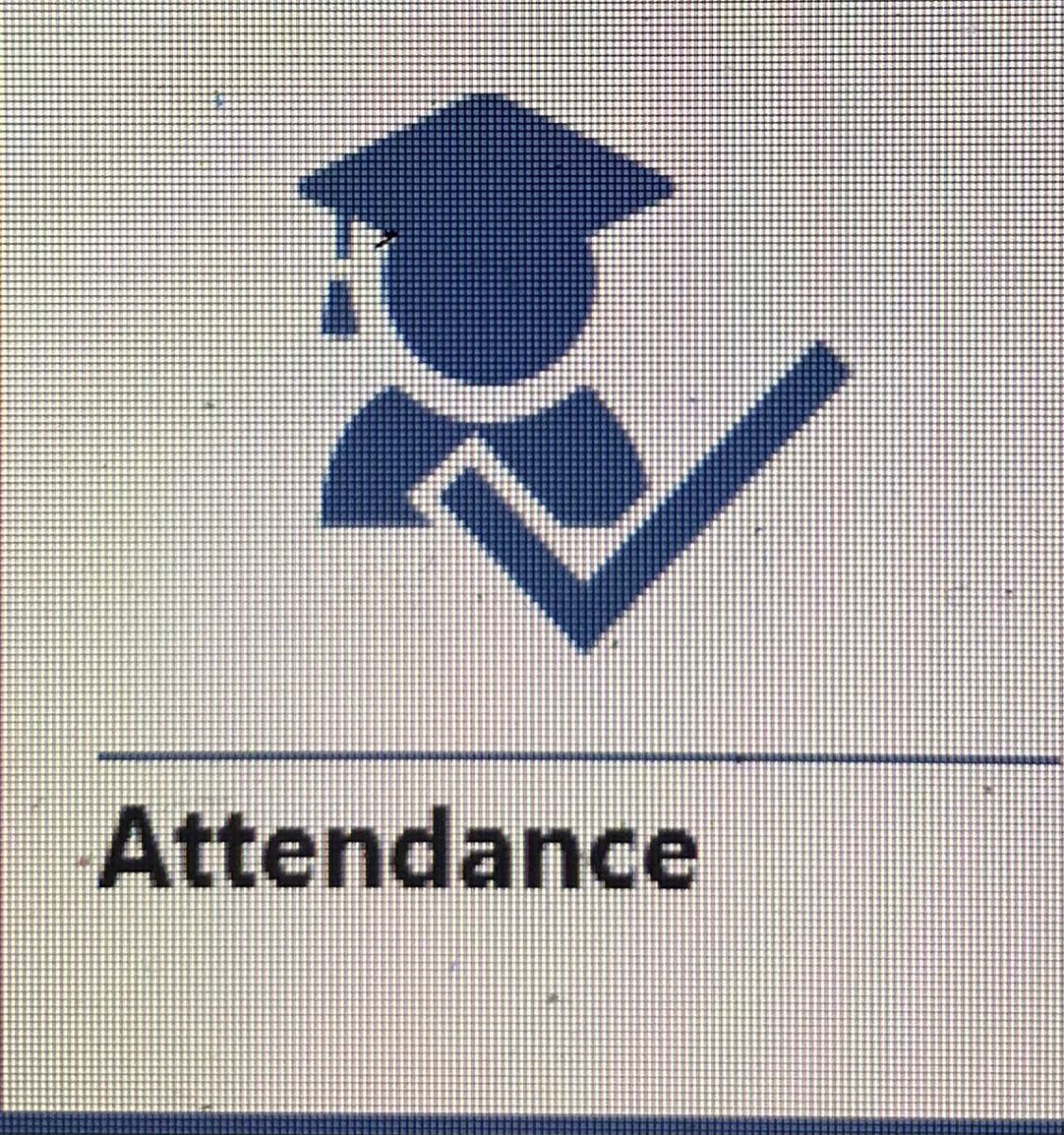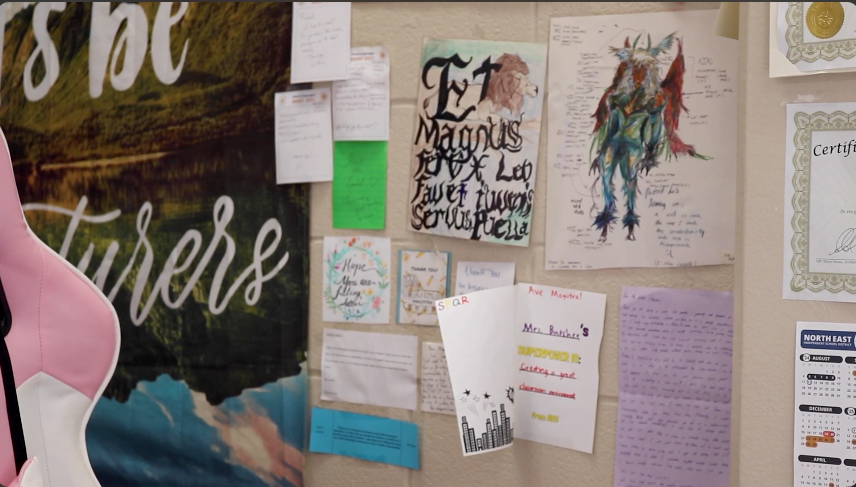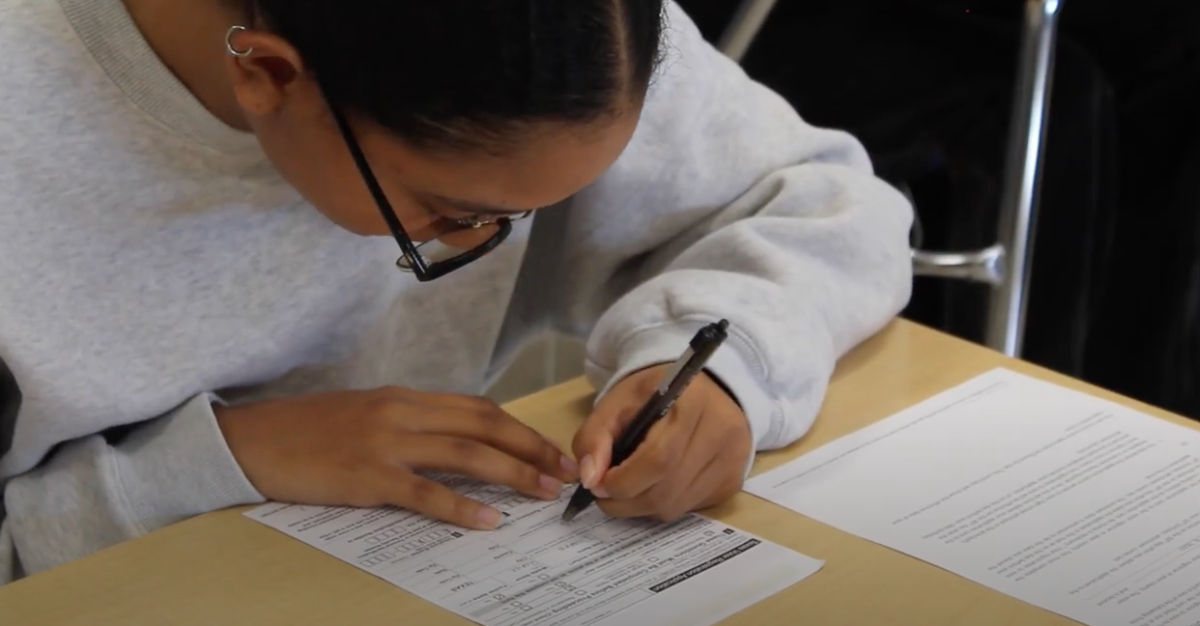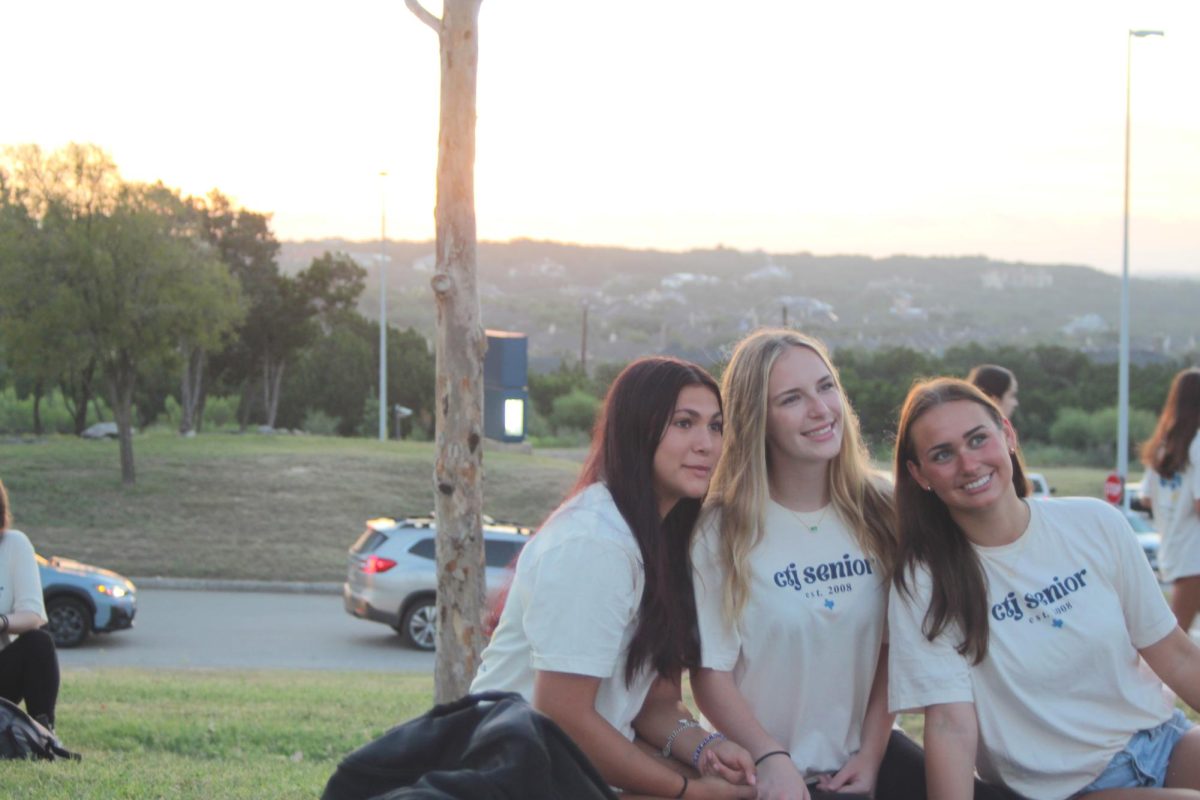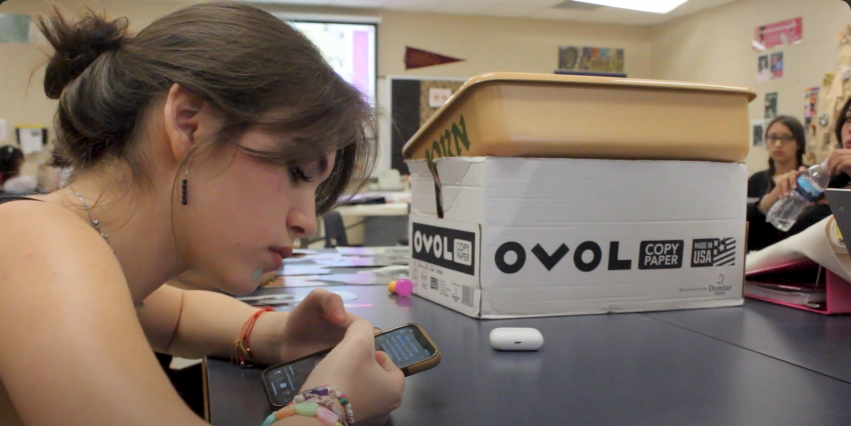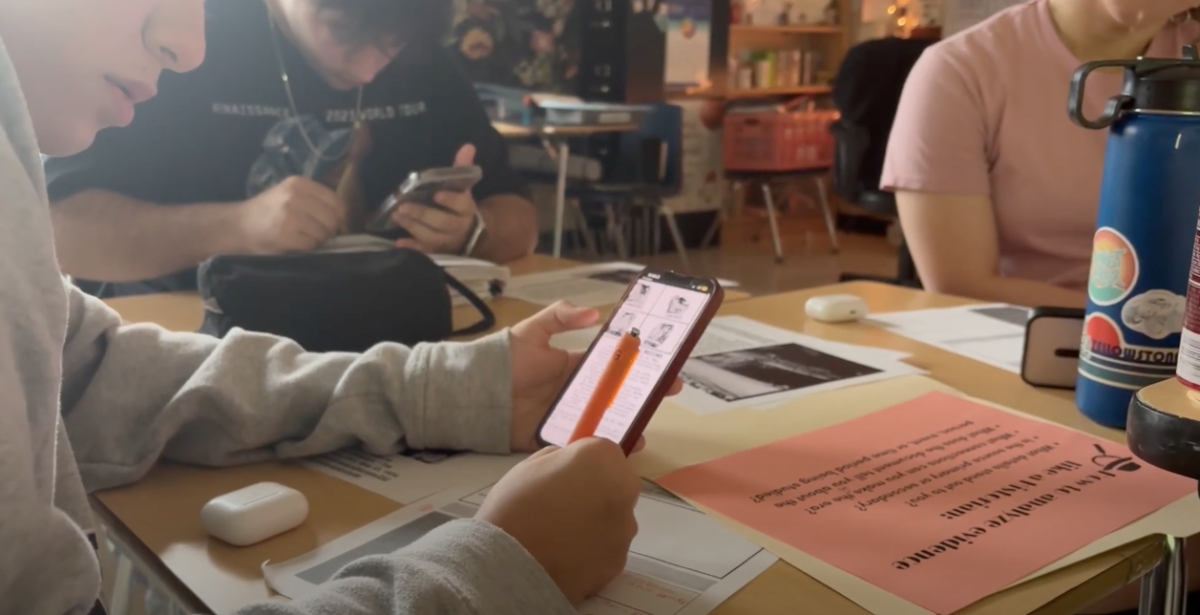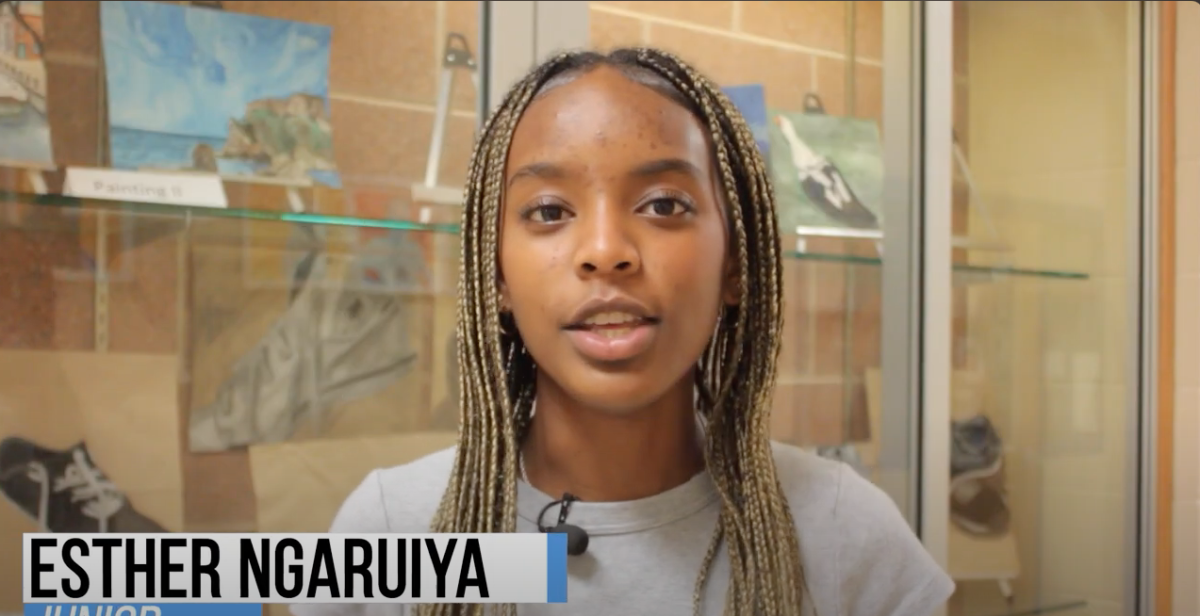by Brooke Nowakowski | Editor-in-Chief
On October 21, sophomore Laney Garza joined Facebook. She scrolled through the profile section, sketching out her interests for the Johnson network she had joined. A box appeared, listing her potential acquaintances. She friended them all.
“She friended me!” junior Abe Briones recalled, adding, “I visited her page once.”
As she reached out to the network the site provided, the acceptances poured in.
“She’s kind of weird,” senior Adriel Gaspar, another friend, said. “I don’t know who she is.”
Yet the girl with curly hair and a shadowed face entered the world’s most popular social networking hub with considerable success. Like so many before her, she reached out to the suggested ‘mutual friends’ on her sidebar. In a couple of minutes, she had a friend. In less than 24 hours, she had 168.
It’s a fair record for a totally fake sophomore with a distaste for World History homework. Gaspar was the first to learn of the ruse.
“I’d actually be kind of surprised,” he remarked at the suggestion that Garza is fictitious. His eyes suddenly widen.
“Wait; is she a fake?”
Laney Garza was created by The Pride as an experiment in friending. From individual to individual, those who opened their online lives to the made-up student did so on identical criteria.
“She had a lot of mutual friends,” Briones reasoned. “Everyone was adding her at Johnson.”
“I had a lot of mutual friends with her,” Gaspar echoed, still shocked. “I was one of the 168.”
Her existence yielded surprising results, even for those who consider friend requests with an eye for the off. Junior Amanda Thomas, who has experienced fake requests in the past, accepted Garza with a tried strategy in mind.
“I’ll add them, and then I’ll look at their stuff,” she said. “If I don’t know them, I’ll delete them.”
From the start, the shadowy girl had a neutral recognizability.
“I think, her name; Is there someone here named Laney?” Thomas asked. “It sounded familiar.”
Thomas found Garza’s publicly viewable data unhelpful upon receiving the request.
“She has curly hair. You can only see the bottom half of her face,” she said. “I tried to look at her pictures, but I didn’t know who she was. I friended her to get more information.”
When denied access to additional pictures, Thomas became suspicious.
“I wrote on her wall: I was like ‘do I know you?’,” she said.
Others suspected foul play on a more latent front.
“She could have been a cop, just seeing if people are writing stuff on Facebook,” Briones said.
“Yeah, cause someone was like ‘this is a narc page’!,” Thomas recalled.
The hit indie flick “Catfish” documents a trip in which the filmmaker goes to meet his online sweetheart in another state, only to discover that the young woman he thought he was courting is a middle-aged mother of two severely handicapped stepchildren. It is a scenario few students believe could play out in ‘real life’. Gaspar felt that friending Garza was no obvious risk.
“If you made it someone scary, than I probably wouldn’t,” he said. “If you got the fake girl to talk to people, then that would be kind of scary to think about.”
Silent or not, Garza attained inconceivable popularity in her short lifetime.
“People just want more friends sometimes,” Thomas reasoned. “It sounded familiar: maybe she was in one of our classes. You have to try, and if they’re weird, you just delete them.”
Despite Facebook’s inherent potential for deception, Thomas feels that users will continue logging in; if only with a glance both ways before opening their network to a stranger.
“It depends on people,” she said. “If they use Facebook as themselves, then it’s a great experience, but if they are fake people, then you just have to watch out.”



